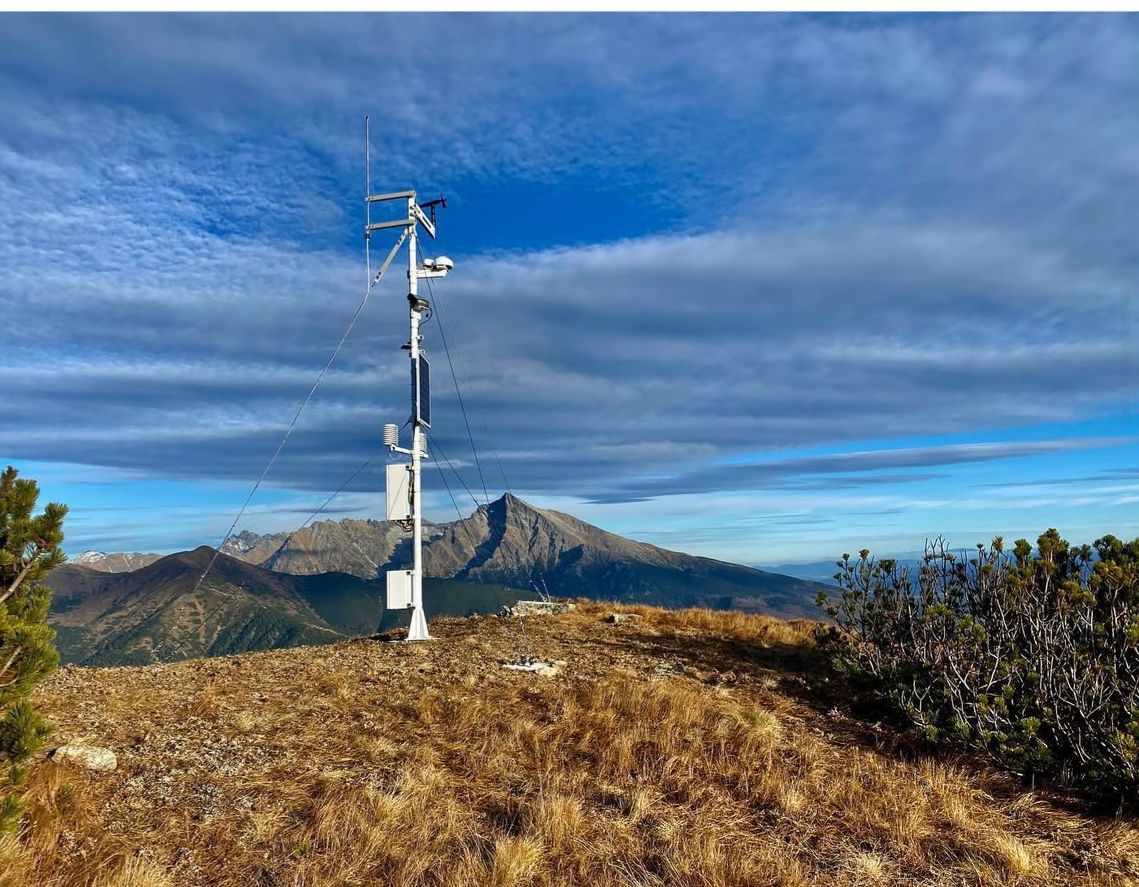Latest Headlines / Weather Alerts & Updates
Water for Climate Action: How Cities Can Tackle the World’s Most Urgent Crisis
28 August 2025

🌍 Water for Climate Action: How Cities Can Tackle the World’s Most Urgent Crisis
What is World Water Week?
World Water Week is the world’s leading annual conference on water, organized in Stockholm by the Stockholm International Water Institute (SIWI). It brings together scientists, policymakers, businesses, and civil society to exchange knowledge and shape solutions to pressing global water challenges.
In 2025, the theme “Water for Climate Action” highlights that water is not just vital for survival—it is central to reducing emissions, adapting to climate risks, and creating inclusive, resilient cities.
💧 Introduction: Water at the Heart of Climate Change
As climate change accelerates, water is both a frontline casualty and a critical solution. Melting glaciers, erratic rainfall, rising seas, and prolonged droughts expose deep vulnerabilities in urban water systems—from shortages to contamination and infrastructure failures.
The 2025 theme could not be more timely. Water is the medium through which climate-linked emergencies are most acutely felt—and it is also the foundation for building resilience through nature-based solutions, inclusive governance, and adaptive planning.
🌆 Urban India’s Water Crunch: A Brewing Storm
India’s cities are at the epicenter of a growing water crisis:
- By 2047, more than half of India’s 1.4 billion people will live in urban areas.
- Five of the world’s 20 most water-stressed cities are in India—Delhi, Chennai, Bengaluru, Hyderabad, and Kolkata.
- By 2030, the demand-supply gap could hit 500 billion litres daily, threatening to shave off up to 6% of India’s GDP by 2050.
A hidden danger is Non-Revenue Water (NRW)—treated water lost due to leaks, theft, or faulty metering.
📊 Key facts:
- Delhi loses 58% of its water supply, over 2,400 MLD daily.
- Mumbai loses 30%, amounting to 1,100 MLD daily.
- Chennai faces a 1,200 MLD demand-supply gap, with 30% NRW.
Globally, NRW losses equal 346 trillion litres daily—enough to serve 800 million people. Each litre wasted also means wasted energy, higher costs, and more greenhouse gas emissions.
⚠️ Governance Gaps and Climate Costs
Why is NRW so stubbornly high?
- Aging infrastructure and leaking pipes.
- Weak governance and fragmented institutions.
- Poor monitoring, theft, and illegal connections.
Every litre lost adds a climate cost:
- Leaks contaminate supplies, raising health risks.
- Cities are forced into costly, carbon-intensive measures like desalination.
- Groundwater over-extraction accelerates land subsidence.
NRW is the “invisible climate cost”—silently undermining water security and climate goals.
🌊 Coastal Cities and the Blue Economy: Double-Edged Waters
Coastal cities such as Mumbai, Jakarta, and Chennai sit at the crossroads of risk and opportunity.
Challenges:
- Saltwater intrusion into aquifers.
- Flooding and storm surges.
- Unequal vulnerability in informal settlements.
Opportunities:
- Wetlands, mangroves, and estuaries protect against floods.
- Coastal ecosystems sustain fisheries and small-scale economies.
- Inclusive governance can align livelihoods with resilience.
✅ Best Practices: Proof That Change Is Possible
Some cities have shown that NRW reduction and water reforms are achievable:
- Dhaka, Bangladesh – reduced NRW from 40% to 5% with universal metering.
- Manila, Philippines – cut NRW from 63% to 12.6% through smart reforms and PPPs.
- Jamshedpur, India (JUSCO) – reduced NRW from 36% to 10%, matching global benchmarks.
🔑 Key tools: smart water meters, digital dashboards, district metered areas, and citizen trust.
🛠️ Pathways for Climate-Resilient Cities
- Plug the Leaks First
- Make NRW reduction a climate strategy.
- Use universal metering, SCADA, and real-time monitoring.
- Integrate Water into Urban Planning
- Embed water-sensitive design in housing, transport, and infrastructure.
- Protect wetlands, lakes, and aquifers.
- Inclusive Governance
- Involve marginalised communities in decision-making.
- Build participatory water governance platforms.
- Finance and Partnerships
- Tap climate funds (Green Climate Fund, Adaptation Fund).
- Encourage PPPs for capacity and speed.
- Nature-Based Solutions
- Restore mangroves, rivers, and lakes.
- Blend infrastructure with ecosystems for multiple benefits.
🌎 Conclusion: From Pledges to Practice
The water crisis is here and now. Cities cannot afford NRW losses, weak governance, or exclusionary policies any longer.
Water must be seen not just as a resource, but as the medium of resilience, equity, and climate action. World Water Week 2025 reminds us that the smartest climate move a city can make is to fix its water system—from plugging leaks to protecting coastlines.
The pathway to climate-resilient, inclusive, and sustainable urban futures begins not with pledges, but with practical action in every drop.